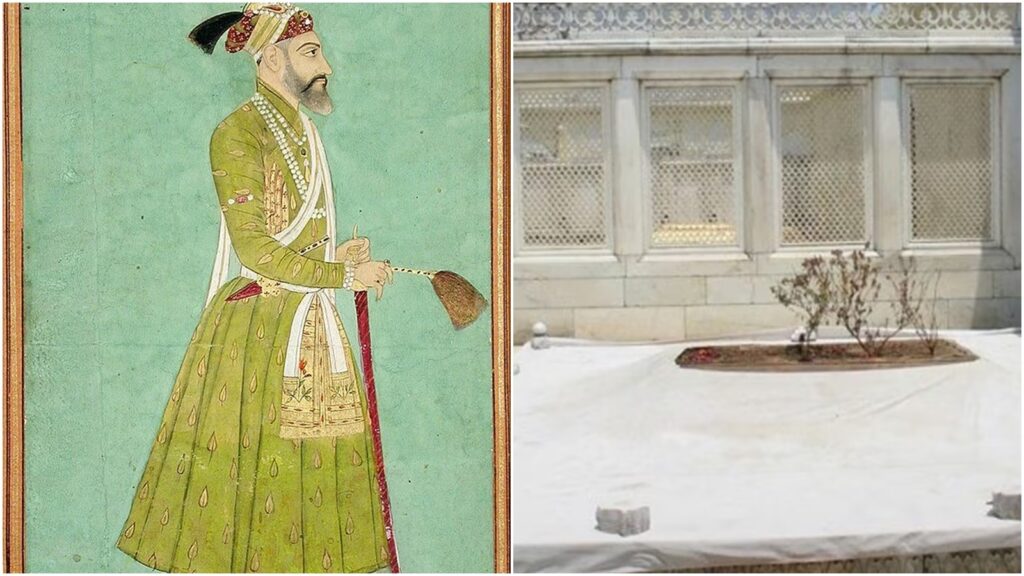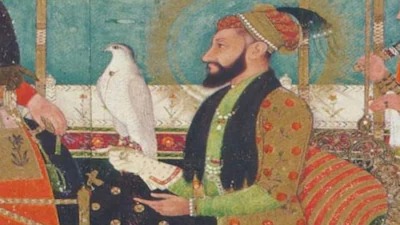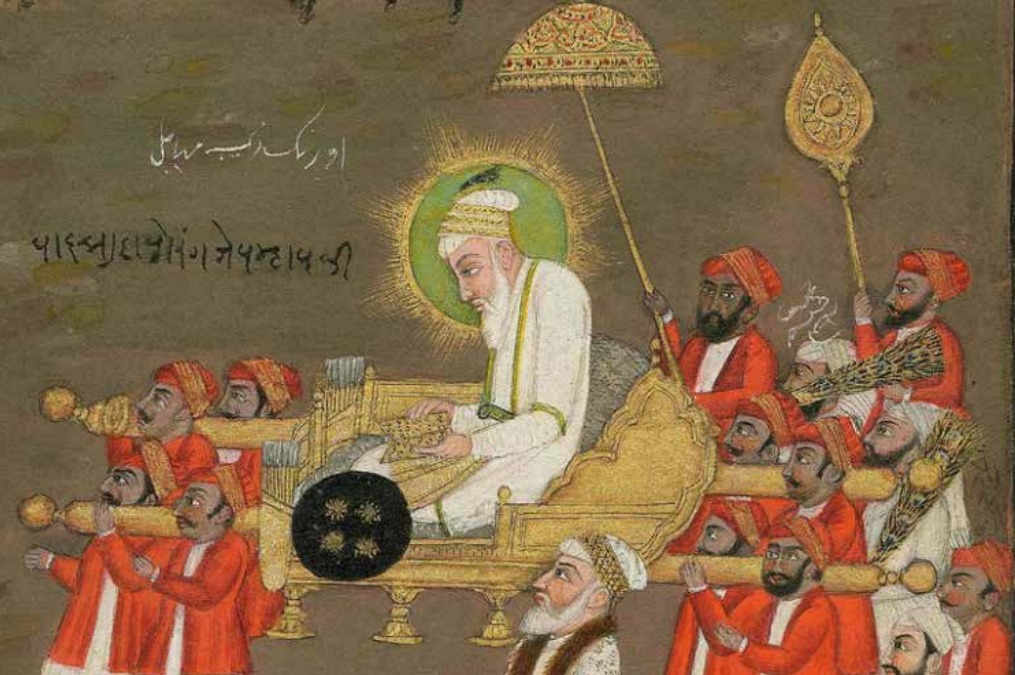परिचय
Aurangzeb Alamgir, the sixth Mughal emperor, died on 3 March 1707 at the age of 88 in Ahmednagar (in present-day Maharashtra), bringing to an end a tumultuous 49-year reign. His passing marked not just the departure of one of India’s most formidable rulers, but also a defining moment of transition from the Mughal Empire’s peak to its prolonged decline.

Final Years and Circumstances
- Last Campaigns and Illness: By the early 1700s, Aurangzeb was exhausted by decades of ceaseless military campaigns, especially in the Deccan. The effort to suppress the resilient Marathas and other revolts aged him considerably. In 1705, his last campaign saw him besiege minor forts in the south, but age and worsening health forced repeated halts and long rest periods. As his condition deteriorated further, Aurangzeb settled in Ahmednagar, unable to return to Delhi.
- Solitude and Spiritual Focus: In his final year, Aurangzeb lived simply. He is said to have spent his last days in reflection, continuing his religious duties, reciting prayers, and instructing his court to forgo traditional royal pomp upon his death. He asked that his shroud be paid for from the small savings he’d earned copying Qur’anic verses and sewing caps in his later years.
- Death: Aurangzeb died peacefully on 3 March 1707 after several months of illness. Only his devoted daughter and last wife were at his side during his last days. True to his wishes, he was buried with minimal ceremony at Khuldabad near Aurangabad—his grave remains plain and unadorned, in stark contrast to the grand tombs of other Mughal emperors.
Succession Crisis and Immediate Aftermath
- No Nominated Heir: Aurangzeb died without formally naming a crown prince, leaving his empire to be divided in accordance with his will. His death triggered a bitter war of succession among his three sons: Bahadur Shah I, Muhammad Azam Shah, and Muhammad Kam Bakhsh.
- Battle for the Throne: The ensuing Mughal civil war culminated at the Battle of Jajau on 20 June 1707, where Bahadur Shah I emerged victorious and ascended the throne. This period of instability and infighting further weakened the empire.
Legacy and Historical Impact
- Territorial Zenith but Administrative Weakness: At the time of Aurangzeb’s death, the Mughal Empire was territorially at its greatest extent, stretching from Afghanistan in the northwest to the deep south of India. However, it was severely strained—continuous wars, increased taxation, religious strife, and weakened administrative controls had destabilized the core.
- Seeds of Decline: His orthodox religious policies, relentless campaigns, and centralizing efforts alienated major segments of his subjects, such as the Marathas, Rajputs, Sikhs, and Jats. Multiple simultaneous revolts weakened imperial cohesion, and after 1707, the Mughal state rapidly lost both territory and authority.
- Symbolic End of Mughal Greatness: Many historians consider Aurangzeb as “the last of the great Mughals.” Though his reign saw the empire at its most impressive in size, it set off an irreversible decline, culminating in the rise of regional powers and eventually British colonial rule.
- Personal Legacy: Aurangzeb remains a polarizing figure—admired for his discipline and resolve, but widely criticized for religious intolerance, destruction of temples, oppression of non-Muslims, and executions of adversaries. His death and unadorned tomb are often contrasted with his empire’s earthly grandeur.
Interesting Facts

- Aurangzeb’s will specified that his funeral should be simple, without royal trappings, and that money for his shroud and burial come only from his own earnings—not imperial funds.
- Despite controlling the largest Mughal territory, he never returned to Delhi after leaving for his Deccan campaigns; he died as a lonely ruler far from the imperial capital.
- His grave in Khuldabad is visited today but remains plain and reflects his austere, puritanical worldview.
निष्कर्ष
The death of Aurangzeb in 1707 CE closed an era of Mughal imperial greatness and sparked an age of crisis and fragmentation. His policies and legacy continue to provoke debate—between admiration for his ascetic rigor and critique of the sectarian, militant approach that sowed the seeds of imperial collapse. With his passing, the Mughal Empire began a steep and irreversible decline, transforming the course of South Asian history.








इस बारे में प्रतिक्रिया दें